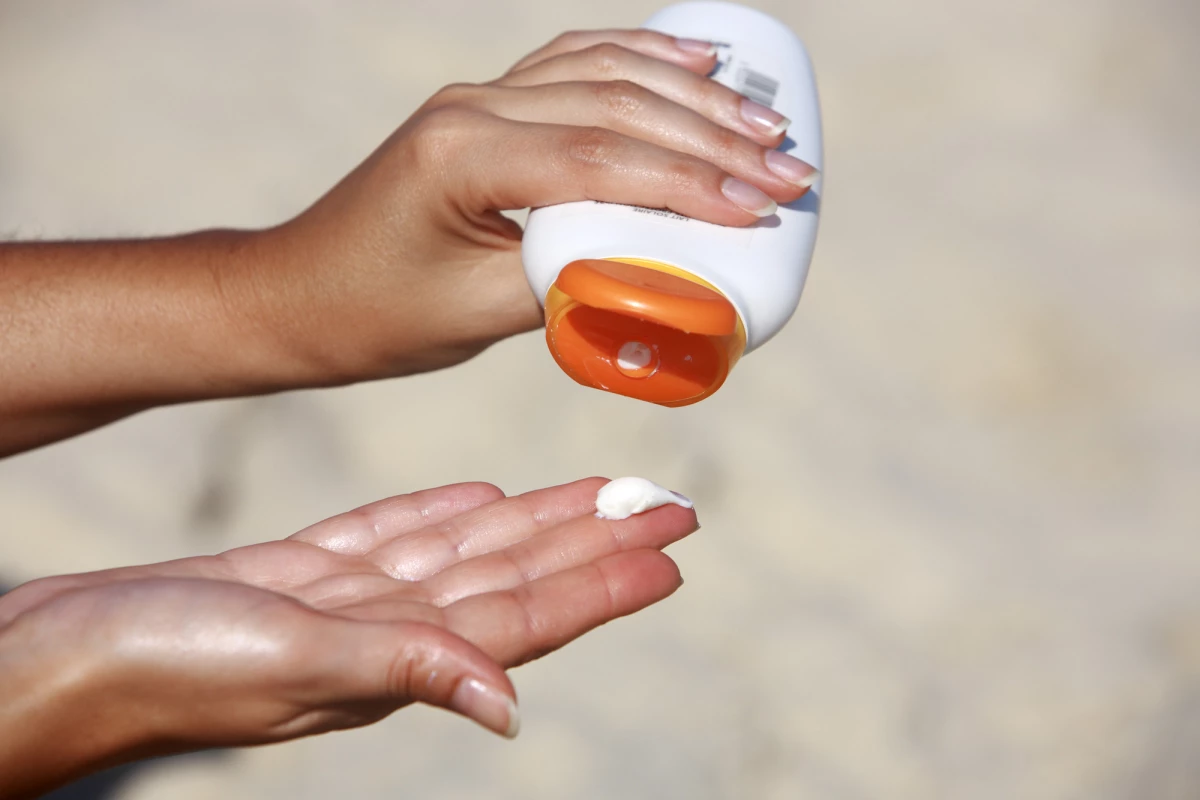Sunscreens are known to pose a risk to coral reefs through a common ingredient called oxybenzone, but the precise mechanisms underlying these toxic effects are not well understood. Stanford scientists have now shown how corals convert the compound into a potent toxin, creating the basis for alternative sunscreens that don't compromise the health of the reefs.
The threat oxybenzone poses to coral reefs is well-established, with a number of governments around the world actually banning sunscreens containing the compound. Hawaii become the first US state to ban these products in 2021, while the Pacific nation of Palau, the US Virgin Islands and Bonaire in the Caribbean are among the others to follow suit. Around 6,000 tons of sunscreen washes across reef areas in the US each year, according to the National Park Service.
While the dangers are clear, the toxic mechanisms tying oxybenzone to the death of corals are not. The authors of the new study have spent the last few years investigating the matter, and a set of recent experiments has provided some meaningful answers. The scientists used sea anemones and mushroom corals as models, and exposed them to oxybenzone in a tank filled with artificial seawater.
In one of the experiments, this treatment was combined with simulated sunlight, which saw all anemones die off within 17 days. Interestingly, in a parallel experiment where there was no sunlight, the creatures all remained viable. This runs counter to what the scientists expected from oxybenzone, which is designed to absorb light energy and dissipate it as heat to prevent sunburn.
“It was strange to see that oxybenzone made sunlight toxic for corals – the opposite of what it is supposed to do,” said study author William Mitch. “The compound is good at absorbing light within the waveband we tested, which is why it’s so common in sunscreens.”
What the scientists found, was that under sunlight the anemones and corals were actually attaching glucose to oxybenzone and converting it through a metabolic process into a potent toxin. Interestingly, the scientists found that the symbiotic algae that live in the coral tissue were actually acting in their defense, soaking up some of the toxins the corals were producing.
This could have ramifications for corals undergoing bleaching, a process in which abnormal sea conditions cause them to expel this symbiotic algae. This is already known to leave corals more susceptible to disease and death, and the idea that it could make them more prone to the toxic effects of oxybenzone only compounds the issue.
There are alternative sunscreens on the market that are billed as coral-safe options, which work in a different way to those with oxybenzone. But the possibility that similar metabolic pathways could create toxins in these scenarios isn't out of the question, with the scientists planning to conduct more research and ascertain their true safety for corals.
“In environmental science, as in medicine, a sound understanding of basic mechanisms should provide the best guidance for the development of practical solutions,” said John Pringle, a professor of genetics at the Stanford School of Medicine.
The research was published in the journal Science.
Source: Stanford University




